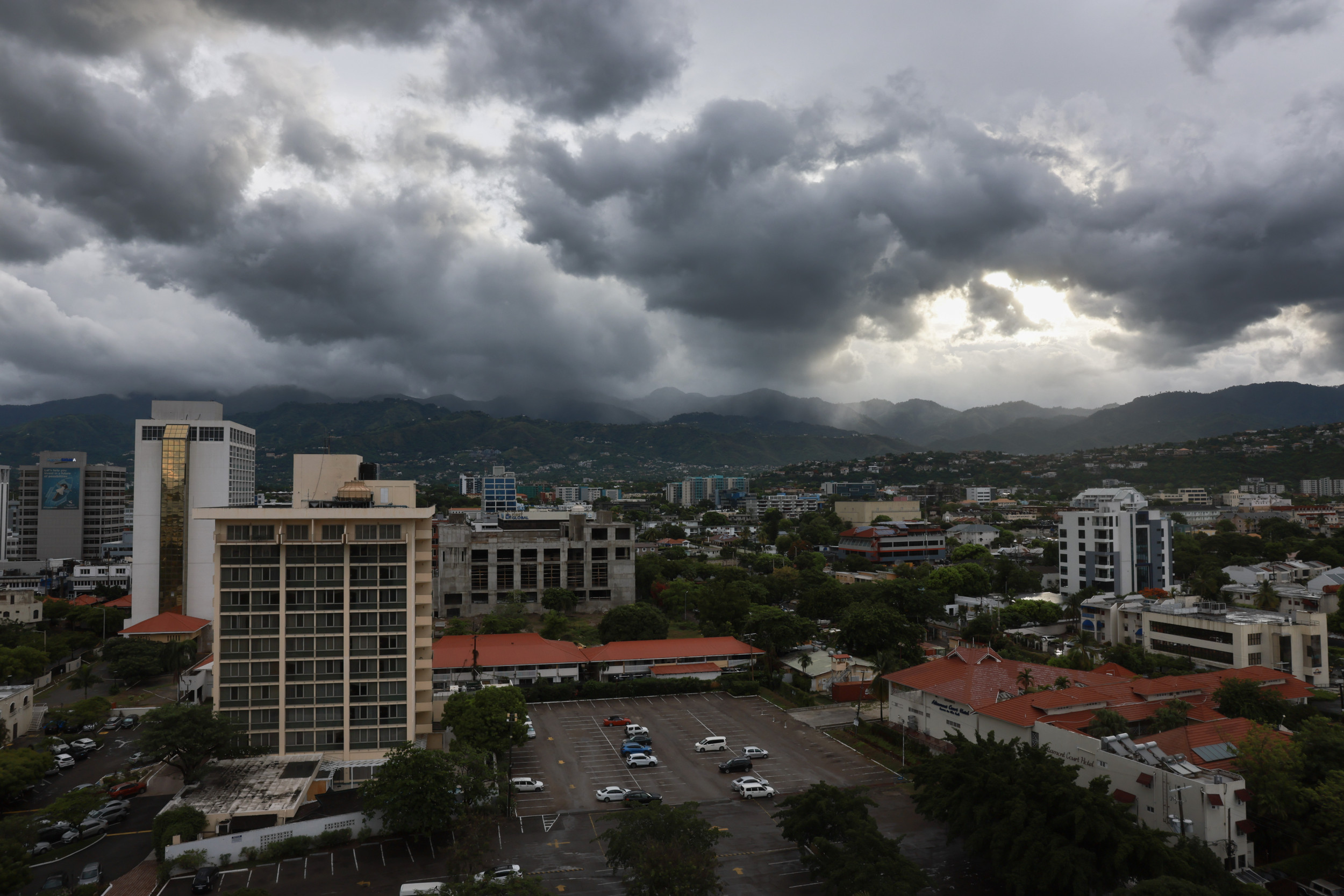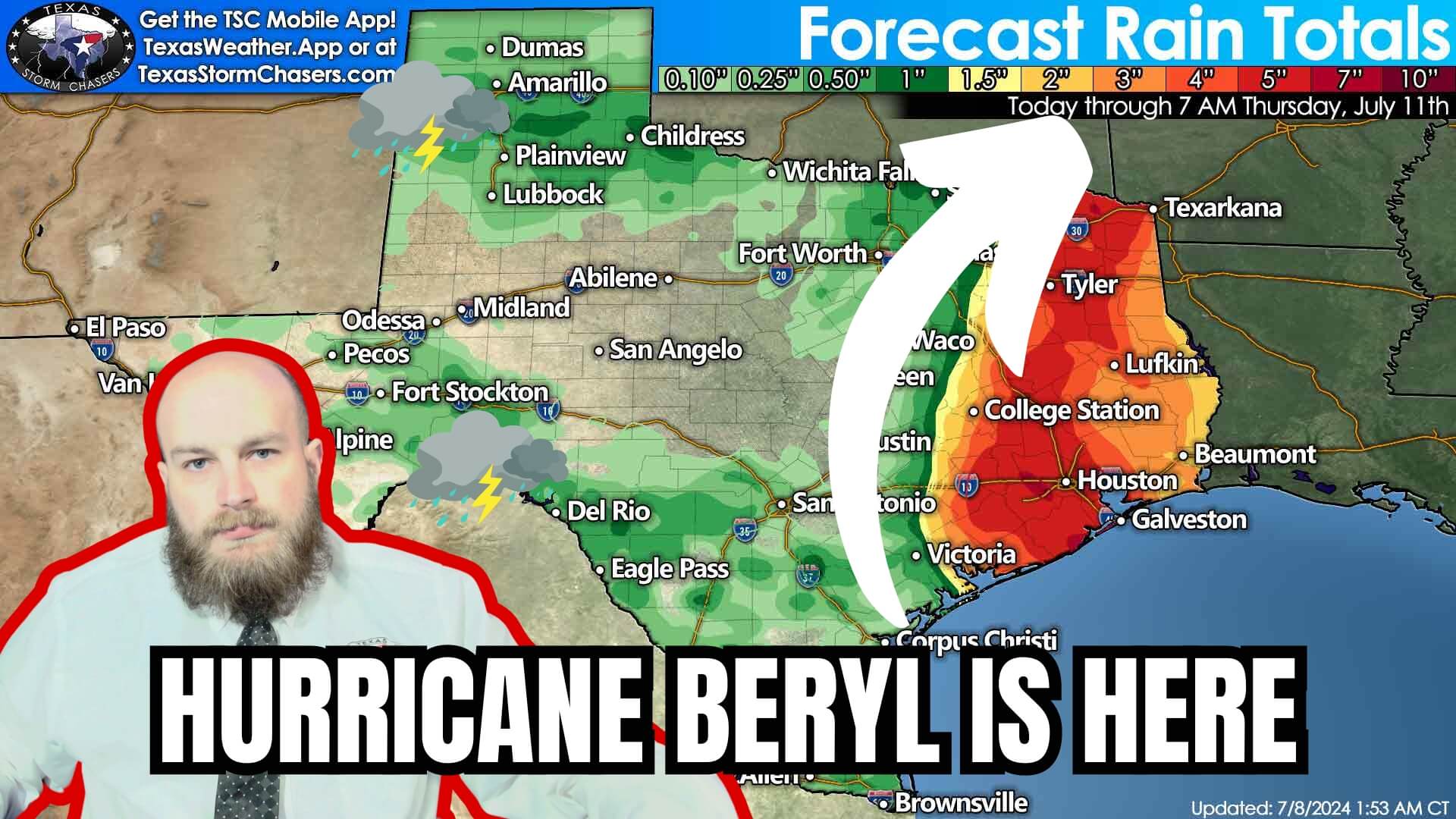Hurricane Impacts on Texas: Hurricane Texas

Hurricane texas – Hurricanes are among the most destructive natural disasters that can impact the state of Texas. Over the years, Texas has been struck by numerous hurricanes, some of which have caused widespread damage and loss of life.
The relentless fury of Hurricane Texas has left an unforgettable scar upon the Lone Star State. Its winds howled like banshees, ripping through towns and cities, leaving a trail of devastation in its wake. Amidst the chaos, Houston, the vibrant heart of Texas, faced the brunt of the storm’s wrath.
Houston Texas Hurricane Beryl chronicles the harrowing tale of the city’s resilience as it weathered the tempest, showcasing the indomitable spirit of its people who stood strong against the relentless onslaught of nature’s fury.
The geographical areas most vulnerable to hurricanes in Texas are the coastal regions, including the Gulf Coast and the Texas-Louisiana border. These areas are often exposed to strong winds, storm surges, and flooding, which can cause significant damage to property and infrastructure.
Hurricane Texas continues to rage, bringing with it heavy rainfall and strong winds. As the storm intensifies, the focus shifts to Beryl, a tropical storm that is expected to make landfall in Texas. Beryl Landfall Texas is a comprehensive source of information on the storm’s path and potential impact, providing up-to-date updates and expert analysis.
Stay informed and prepared as Hurricane Texas and Beryl threaten the Lone Star State.
Economic Consequences
Hurricanes can have a devastating impact on the economy of Texas. The damage caused by hurricanes can disrupt businesses, destroy property, and lead to job losses. In addition, hurricanes can also damage infrastructure, such as roads, bridges, and power lines, which can further hinder economic activity.
Environmental Consequences
Hurricanes can also have a significant impact on the environment of Texas. The strong winds and storm surges associated with hurricanes can damage or destroy coastal ecosystems, such as wetlands and marshes. These ecosystems provide important habitat for fish and wildlife, and they also help to protect the coastline from erosion.
Hurricane Preparedness in Texas

Hurricanes pose significant threats to Texas, and it’s crucial to be prepared for their potential impact. Effective hurricane preparedness involves proactive measures, including evacuation plans and emergency kits, to ensure the safety and well-being of individuals and communities.
Role of Local and State Agencies
Local and state agencies play a vital role in hurricane preparedness and response. They develop and implement comprehensive plans, coordinate emergency services, and provide resources to support communities before, during, and after hurricanes. These agencies collaborate with emergency management organizations, first responders, and community groups to ensure a coordinated and efficient response.
Hurricane Mitigation in Texas

Texas has a long history of hurricanes, and the state has taken a number of steps to mitigate the damage caused by these storms. These measures include structural and non-structural measures.
Structural Measures
Structural measures are physical changes to the built environment that are designed to reduce the damage caused by hurricanes. These measures include:
- Building codes: Texas has adopted building codes that require new construction to be able to withstand hurricane-force winds. These codes specify the minimum standards for the design and construction of buildings, including the strength of the foundation, the framing, and the roof.
- Seawalls and levees: Seawalls and levees are physical barriers that are built to protect coastal areas from flooding. Seawalls are vertical walls that are built along the shoreline, while levees are embankments that are built inland to hold back floodwaters.
- Storm surge barriers: Storm surge barriers are movable gates that are built across the entrances to bays and harbors. These barriers are closed when a hurricane is approaching to prevent storm surge from flooding coastal areas.
Non-Structural Measures
Non-structural measures are actions that are taken to reduce the risk of hurricane damage without making physical changes to the built environment. These measures include:
- Emergency planning: Texas has developed a comprehensive emergency plan that is designed to help the state prepare for and respond to hurricanes. This plan includes procedures for evacuating coastal areas, sheltering evacuees, and providing food and water to those who have been affected by the storm.
- Public education: The state of Texas provides public education programs to help residents understand the risks of hurricanes and how to prepare for these storms. These programs include information on evacuation routes, shelter locations, and the importance of having an emergency plan.
- Insurance: Flood insurance is available to help residents protect their homes and businesses from hurricane damage. This insurance can help to cover the costs of repairing or replacing damaged property.
Effectiveness of Hurricane Mitigation Measures
The hurricane mitigation measures that have been implemented in Texas have been effective in reducing the damage caused by these storms. A study by the National Hurricane Center found that the building codes that were adopted in Texas after Hurricane Alicia in 1983 have saved an estimated $1 billion in hurricane damage. The study also found that the seawalls and levees that have been built in Texas have saved an estimated $2 billion in hurricane damage.
Examples of Successful Hurricane Mitigation Projects in Texas, Hurricane texas
There are a number of successful hurricane mitigation projects that have been implemented in Texas. These projects include:
- The Galveston Seawall: The Galveston Seawall is a 10-mile-long seawall that was built to protect the city of Galveston from hurricane storm surge. The seawall was built after the 1900 Galveston hurricane, which killed more than 8,000 people. The seawall has been successful in protecting Galveston from storm surge, and it has saved an estimated $1 billion in hurricane damage.
- The Texas City Levee: The Texas City Levee is a 15-mile-long levee that was built to protect the city of Texas City from hurricane storm surge. The levee was built after the 1947 Texas City hurricane, which killed more than 500 people. The levee has been successful in protecting Texas City from storm surge, and it has saved an estimated $2 billion in hurricane damage.
- The Houston Ship Channel Storm Surge Barrier: The Houston Ship Channel Storm Surge Barrier is a 17-mile-long storm surge barrier that was built to protect the Houston Ship Channel from hurricane storm surge. The barrier was built after Hurricane Ike in 2008, which caused an estimated $20 billion in damage to the Houston area. The barrier has been successful in protecting the Houston Ship Channel from storm surge, and it has saved an estimated $5 billion in hurricane damage.